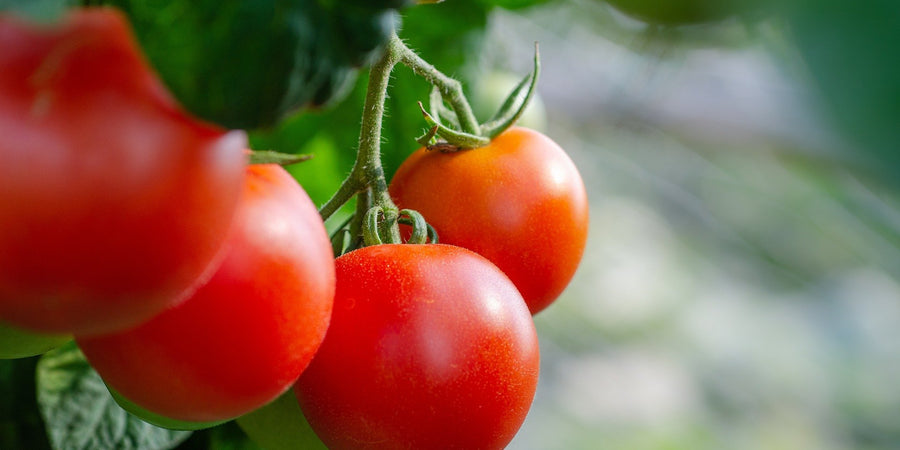February Monthly Growing Guide

This might be the coldest month of winter, but it also marks the end of winter. As daylight hours lengthen, saved catalogue pages are pulled up and seed ordering begins.
February job list
Indoors:
New season seed catalogues are appearing in the post and many gardeners evening are spent circling the ‘wish list’ varieties for both indoor and outdoor varieties. Before sowing seeds can take place attention should be placed on any open growing media bags left in sheds and greenhouses, protecting them from harsh winter weather may harbour pests like slugs which can lay eggs and hatch when conditions are right and soil bourne fungal disease which can cause damping off, causing healthy seedlings to completely collapse overnight. It’s a good practice to start seeds in clean, sterile seed or potting compost as well as seed trays and small pots should be washed with organic disinfectants like Citrox.
Sow long season vegetables like Aubergine, Peppers and Tomatoes and continue to grow them under grow lights.
Greenhouse/Coldframe:
A vegetable seed that performs well with cooler night temperature is Onion as well as shallot seeds. They only need a little base heat to kick start germination; once germinated they will need to be moved to an unheated greenhouse or coldframe. But if you prefer growing onions from sets, they too are now available and will need to be potted and trays left in unheated glasshouses or coldframes.
If mice pest is a problem in the garden, nibbling away at direct sown legume seeds like Peas and Beans, these too can be started in root trainers or module trays. Another option for Peas is to use an old piece of guttering, simply fill the gutter with compost, sow the seeds on top at regular intervals and then just push down in to the compost. If you want an early harvest then Pea Meteor and Broad Bean De Monica are good options to sow in modules this month.
Early crops of Lettuce, Rocket and Radish can be started this month.

Outdoors:
Ground preparation can continue by breaking down the rough dug soil that was left for winter frost to work on. Although February is still too cold to sow seeds direct to ground, bare-root fruit bushes and trees can be planted out in previously prepared area.
February is a good time to apply bonemeal fertiliser to overwintering crops like Kale and Purple Sprouting Broccoli as it takes a few weeks to break down into the soil. As plants start to wake up from hibernation, draw up soil over the hearts of young spring cabbages.
If ground is not frozen, then it’s a good time to dig in over-wintered Green Manure, prior to any planting taking place.
General tasks:
Before it starts getting too busy with outdoor gardening duties, place an order for nematode (a natural pest control), which the supplier sends out only when the season is right for these nematodes to survive and work on the pests. Alternatively, Caliente Mustard Green Manure does an equally good job of tackling any nematode problems
Clear out the shed and tidy up pots, seed trays and take stock of canes and inspect any opened compost bags for hibernated slugs and snails.



